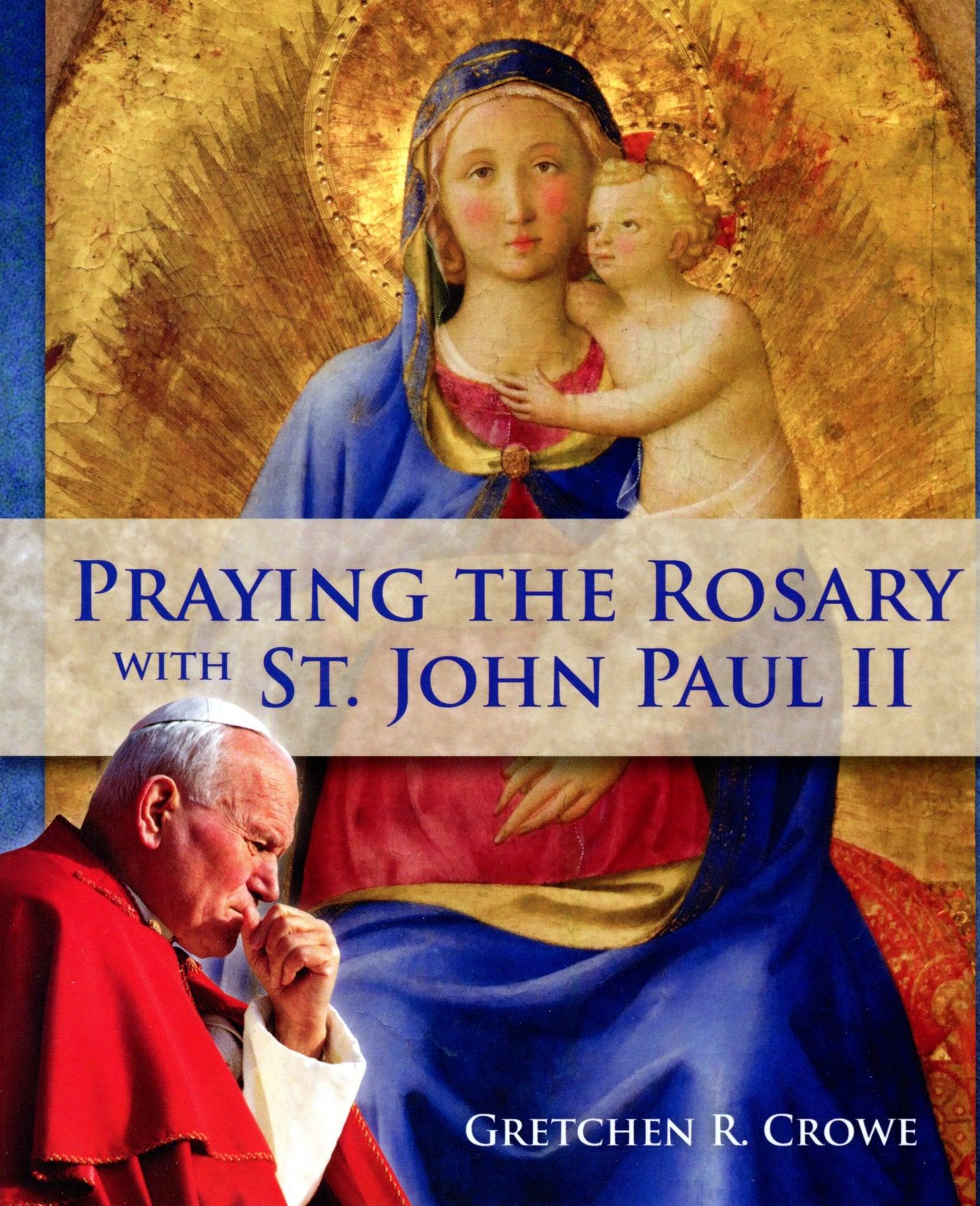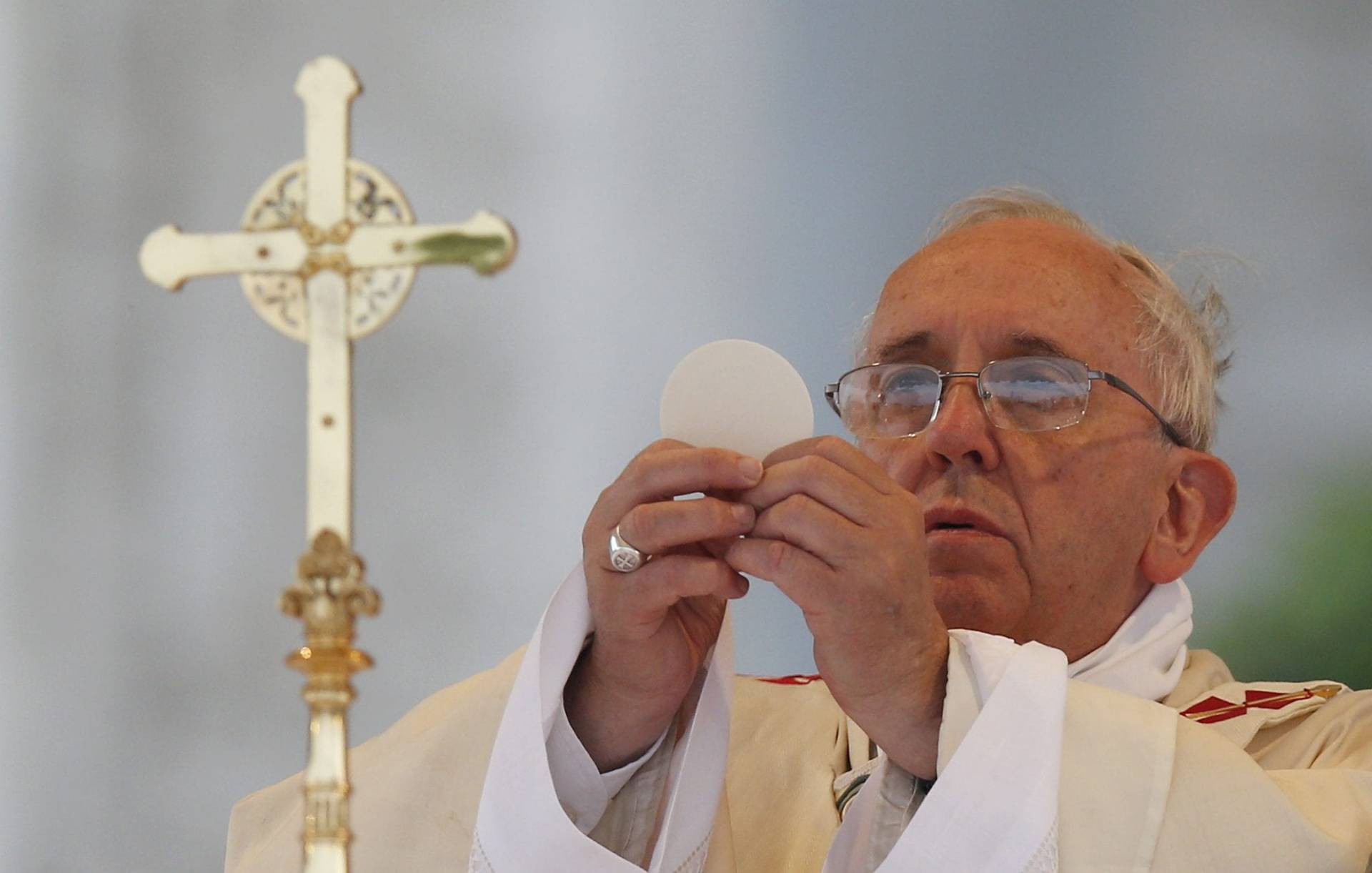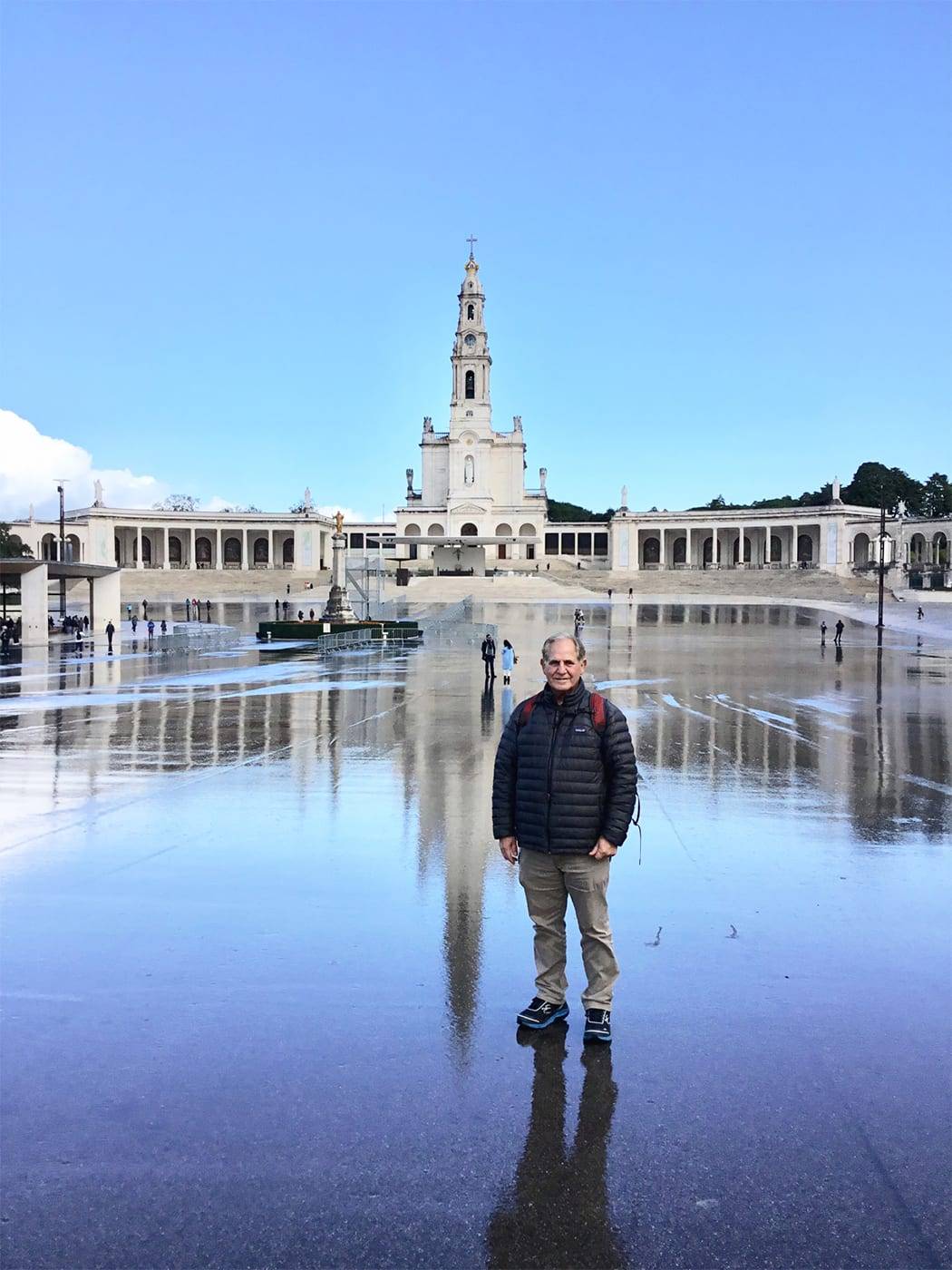Not long ago while living in Jerusalem, my wife and I attended a Seder meal. It was run, confusedly, by a Lutheran and a Catholic, both of whom prayed the rite with all sincerity. It was well-meaning, but I do not imagine that St. Paul was amused. Were God more ham-fisted in his providence, a few of us might have found a copy of Galatians under our pillows that evening.
After all, we are called to the Supper of a different Lamb of God, the one whose Passion “gave to the Jewish Passover its definitive meaning” (CCC 1340). As we sing at Eucharistic Benediction, et antiquum documentum, novo cedat ritui (“and over older forms, newer rites of grace prevail”). We cannot in earnest celebrate the rites of the Old Covenant without implicitly denying the New. Were you to do so, Christ, as St. Paul cautions, “is of no avail to you” (Galatians 5:4). Such was the issue with those “foolish” Galatians (Galatians 3:1).
As some have pointed out, the Tradition, of course, echoes this judgment. In his treatise on law, Aquinas notes that those baptized who observe the old rites with devotion and fidelity commit a mortal sin (ST I-II 103.4). The Council of Florence teaches the same (§712).
And yet, my family and I might just make it back to a Seder this year. You should too! Or, if not, perhaps we might find an element or two to take into our celebration of the Triduum. Matzo balls with Easter eggs. The Psalms of Ascent with the Regina Caeli.
There is nothing of hubris in this. Nor is it born of some misguided ecumenism.
To be sure, the rites of the Mosaic Law are brought to fulfillment in Christ. Baruch HaShem, blessed be God! We should be wary, however, that our claims of fulfillment not take on a Marcionite hue. The Old is taken up in the New, not jettisoned: “I have come not to abolish the Law, but to fulfill it” (Matthew 5:17). As Jesus says to the woman at the well, “salvation is from the Jews” (John 4:22), and without an acknowledgment and memory of Jesus’ place within the overall narrative of sacred history, the whole of it falls away.
God does a “new thing” in Christ (Isaiah 43:19), but this newness sublimates the old — or as St. Irenaeus would say, “recapitulates” the old. God’s revelation before the Incarnation does not possess an expiration date. And the community of God’s elect who are still faithful to the covenant at Sinai remain, as also the Scriptures of the Old Testament, a witness to God’s own being and to his gratuitous action in history.
It is for this reason, as Christopher Seitz has observed, that the New Testament’s use of the Old is often surprisingly slight. It does not mean to replace the Scriptures of Old; rather, it defers to them and to their abiding theological witness, not just as concerns things past but also as concerns the Gospel.
And so just as the Old Testament was sufficient “to preach Christ, to prophecy Christ, to adumbrate Christ,” so, too, we in the Church should expect that those under the Old Law, in their rites and observances, remain a potent source of revelation not just of the things of Old, but also as concerns the Gospel. God is both “ever ancient, ever new.”
We in the Church cannot celebrate the rites of Old. What we can and should do is to remain in contact with the sources of that faith taken up and transformed in Christ.
We already do so in the Mass when, for example, we recall the types of Christ’s sacrifice: “Look with favor on these offerings and accept them as once you accepted the gifts of your servant Abel, the sacrifice of Abraham, our father in faith, and the bread and wine offered by your priest Melchizedek” (Eucharistic prayer I). In this sense, the Mass provides not only the reality of fulfillment, but also the pedagogy to boot.
Even so, prodigality seems to be the law of love, and so who could object to adding to what is already sufficient? In viewing the Seder, I come to understand all the better that Passion of Christ. As Pius XI reminded us, “Spiritually, we are Semites.” We should love the things of Old, not in the stead of Christ but precisely as part of our quest to know and love that very one whom Mary Magdalene could call “Rabboni!”, my dear rabbi!
So I’d like to suggest that Catholics try incorporating some Jewish rites into their Easter dinner. Here are three ideas:
To begin, perhaps we could learn to pray the short blessings over the bread and wine, both of which form part of the Seder and other meals as well. In slightly modified form (also in the links), they can also be made to refer explicitly to Christ. And although it is likely unfamiliar to most of us, putting a Hebrew phrase or two on our lips is instructive in its own right.
Secondly, we might incorporate the vegetable and bitter herbs of the Seder. The retelling of the Exodus, which forms a main component of Passover, we perform already in the readings at the Easter Vigil and indeed at every Eucharist. The foods that give expression to this origin and deliverance might, however, be fitted into our meal on Good Friday.
In the Seder, it is customary to dip parsley in vinegar and salt water and to recite a short blessing before eating. While the origin of the practice is disputed, it is usually taken to refer to the lowly origins of the Hebrews and to their suffering. The same is true for the eating of bitter herbs later in the meal, usually in the form of lettuce with horseradish. In both of these, we might, of course, remember the same concerning Christ, namely, his humility and suffering.
Lastly, we might pray a portion of the Psalms of Ascent (Psalms 113-118, and also 136). In the course of the Seder, four cups of wine are poured. These find association with the four blessings mentioned in Exodus 6:6-7. The third of these is “redemption,” and it is this cup, poured “after the supper” (Luke 22:20) that Jesus gives to his disciples with the words “This is my blood.” The fourth cup recalls the covenant: “I will take you for my people, and I will be your God” (Exodus 6:7). At the Last Supper, this is not drunk at table, but is the “cup” that Christ accepts in the Gethsemane and drinks of on the cross (John 19:30).
In between the third and fourth cups, in the Seder as also in the Last Supper (cf. Mark 14:26-28), one sings from the Psalms of Ascent. In these words, we find both a memory of the Exodus and a prophecy of Christ. In taking them to prayer, we can pray with Jesus and begin to enter into his Passion as well. In doing so we both acknowledge the work of God in Christ and, with those who celebrate the Passover still, express our mutual hope for the appearance of the Messiah in the last days.
May he come soon! Maran atha!
Anthony Pagliarini is a PhD candidate in Christianity and Judaism in Antiquity at the University of Notre Dame.















